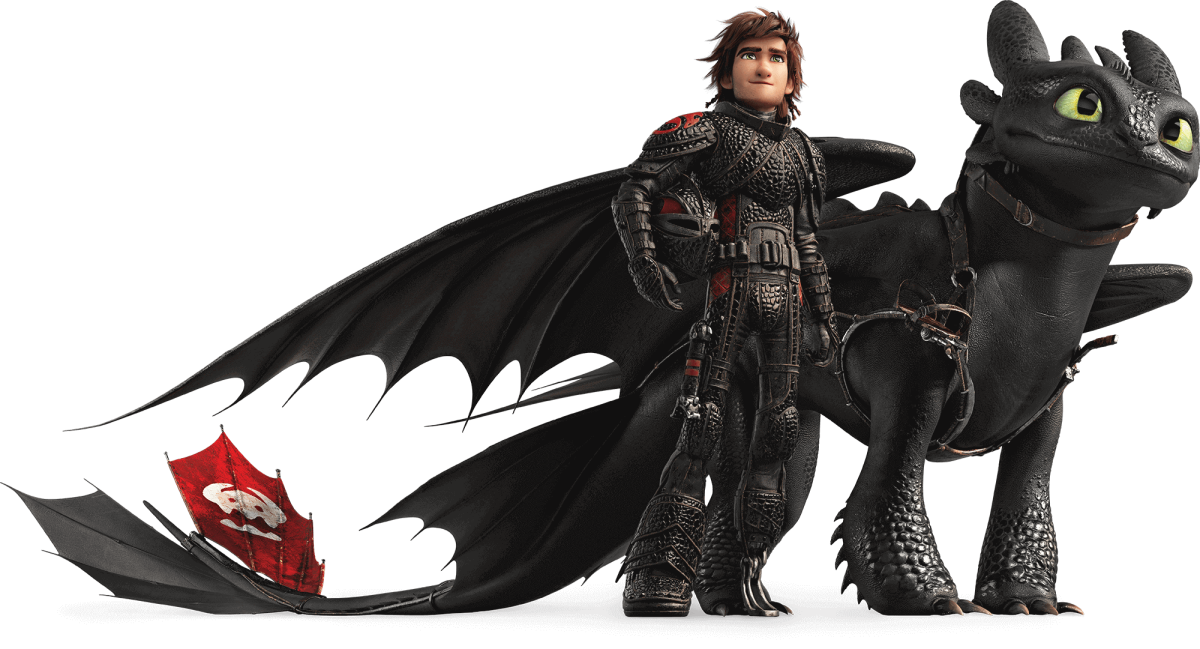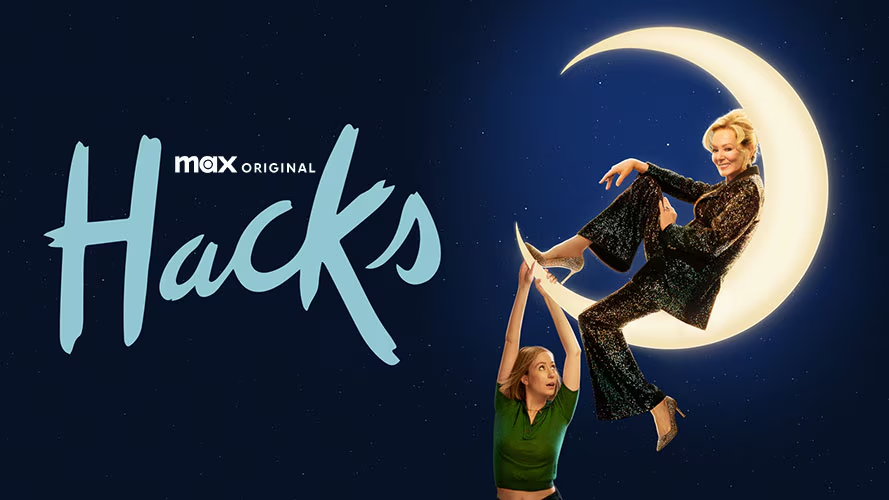Though 2017 is still in its early stages of life, the year has proven promising for the box office. With the successes of movies like Hidden Figures, Get Out, and Moonlight, the 2017 movie-scene has been set for films with messages for the masses. While there is hope for powerful films during this box-office year, there are some films that seem to fall short of this expectation, specifically director Damien Chazelle’s La La Land.
Before I begin, I would like to establish something: I didn’t hate La La Land. I thought it was a beautiful film with nice colors and cinematography, but my complaints about the film as a whole outweigh the things I liked about it.
Before I went to see La La Land, I was excited to see what many were calling the movie to bring musicals back to life. I love a good movie-musical, especially ones with over-the-top dance numbers and heartfelt ballads (with West Side Story being my all-time favorite movie-musical). Somehow, despite my appreciation for on-screen singing, I was unable to fully appreciate the musical numbers in La La Land. It quickly became apparent that Emma Stone and Ryan Gosling are, in fact, not singers. While there is some recognition due for the both of them for performing each of the songs with confidence, it ruined the musical experience for me. I would much rather go see a musical and be blown away by impressive vocals than see what was just a normal film with a few unimpressive musical numbers sprinkled in.
While the musical numbers were mediocre on their own, they were also unnecessary. Yes, La La Land was a musical, but the more I think about it, the more I wonder: did it really need to be? The plot of the film is simple: a spirited young woman tries to make it big as an actress in Los Angeles, and a brooding young man tries to establish his own jazz club and bring life back to the jazz genre while still maintaining its original sound. By chance, Mia (Emma Stone) meets Sebastian (Ryan Gosling) as he mindlessly plays Christmas songs on the piano in a fancy restaurant (a job of which has no meaning and provides no joy for Sebastian). After a few more encounters, the two end up together, building up a sweet romance full of cute moments as well as trials and tribulations.
Now, this sort of plot sounds like it would be perfect for musical moments, but the film somehow managed to miss the mark on that front. The songs were almost alienated from the plot of the film and didn’t seem at all necessary for the plot and character advancement. From the opening song “Another Day of Sun,” —a fun song about the hustle and bustle of Los Angeles wrapped up in an elaborate dance routine— the upbeat nature of the film and its setting is established, but is lost with other slower songs like “City of Stars”. “City of Stars” is a whole other animal. The first time I heard the song, it had its own special appeal, creating an intimate moment between Mia and Sebastian, but with its many reprises, the song lost its pow by its final play at the end of the film.
Despite the plot’s simplicity and ease, it still managed to contain holes. One plot hole I got hung up on was what happened to Mia’s three roommates, of which all shared a beautiful dance routine full of vibrant color and big sound. After this, we never saw the three friends on the screen, leaving me wondering. Another hole in the story was that of Sebastian’s sister, who served as the concerned family member looking out for her brother and advising him to take the safer route in life. Like the missing roommates, Sebastian’s sister disappeared from both the screen and the plot.
While these characters were somewhat unnecessary for the plot, one character that was necessary, but still a little odd, was Keith, played by musician John Legend. Keith, Sebastian’s old friend, was portrayed as somewhat of an antagonist whose main motive was to revolutionize the face and sound of Jazz—and Sebastian is not on board and learns things about himself as both a person and a musician. When I first saw John Legend on the screen, I was surprised. I thought the way his character worked with the story was interesting, as well as the fact that he was a part of the cast at all. Don’t get me wrong, I enjoyed watching and listening to Legend in the film (even if he was the “bad guy”), but I thought it was odd how he was the only main character of color in the whole film, especially since it’s a film with a main part of the storyline being about jazz music. It would have been nice to see a wider variety of actors portrayed in a movie that finds its roots in jazz music.
Though there were plenty of things I didn’t enjoy about the film, I will have to give mention to the artistry of the film; from its beautiful use of color to its smart use of cut-scenes and montages, La La Land was alright. I didn’t hate the film, but I definitely didn’t think it was worth the hype. So rent La La Land when it comes to Redbox, but don’t get your hopes up that it might be the next Singing in the Rain or Sound of Music.




